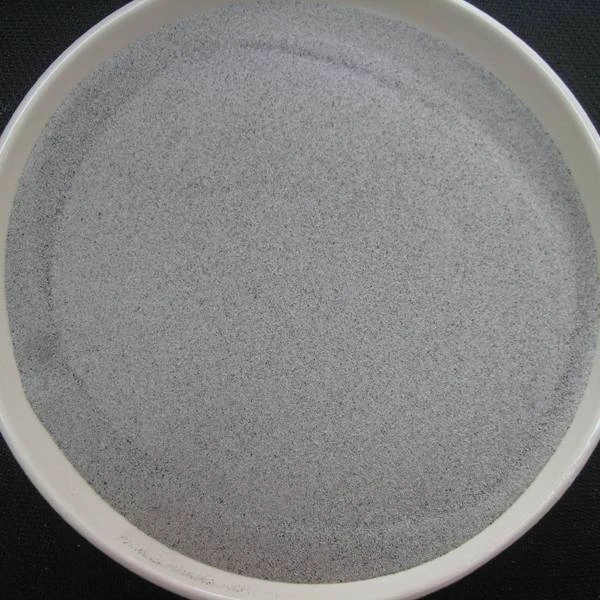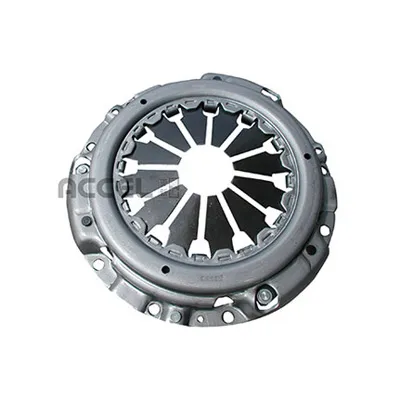Clay pebbles, also known as hydroton or lightweight expanded clay aggregate (LECA), have revolutionized the bonsai gardening community. Although widely used in hydroponics, their potential in bonsai cultivation is unmatched. These spherical balls come with numerous advantages, offering gardeners and enthusiasts an opportunity to enhance the growth and health of their bonsai plants.
Strategically arranging the clay pebbles ensures maximum benefit. A finer grade of clay pebbles can be used to form the bottom layer of the pot for better drainage, while larger pebbles fill the remaining space. This gradient technique maximizes aeration and ensures efficient water movement through the pot, creating a thriving environment for the bonsai’s root system. One major factor influencing the adoption of clay pebbles among bonsai growers is their ability to retain humidity around the roots. This feature is especially beneficial in regions with low ambient humidity or during dry seasons when traditional soil may dry out rapidly. It allows the bonsai to access adequate moisture levels without the need for constant watering, simulating a more natural and hands-off watering regime. Using clay pebbles in bonsai cultivation also facilitates nutrient management. When combined with a hydroponic nutrient solution, they deliver precise and consistent nutrient amounts directly to the roots. This method supports robust growth and vibrant foliage—essential for maintaining the aesthetic appeal characteristic of bonsai. However, it is important to note that while clay pebbles are beneficial, they are not universally suitable for all species of bonsai. Each plant species has unique growth requirements, and while many adapt well, a thorough understanding of the specific needs of your bonsai species will yield the best results. Consulting with a bonsai expert or horticulturist can provide insights tailored to specific plant species cultivated within a clay pebble medium. To sum up, clay pebbles are a formidable medium for bonsai cultivation. Their drainage capabilities, pH neutrality, and structural robustness offer a solution that is not only effective but also sustainable. By understanding the nuances of using clay pebbles, bonsai enthusiasts can significantly enhance their plant care regimen, leading to healthier and more resilient bonsai trees. This innovative shift towards using clay pebbles confirms their place as an invaluable tool in the world of bonsai artistry.


Strategically arranging the clay pebbles ensures maximum benefit. A finer grade of clay pebbles can be used to form the bottom layer of the pot for better drainage, while larger pebbles fill the remaining space. This gradient technique maximizes aeration and ensures efficient water movement through the pot, creating a thriving environment for the bonsai’s root system. One major factor influencing the adoption of clay pebbles among bonsai growers is their ability to retain humidity around the roots. This feature is especially beneficial in regions with low ambient humidity or during dry seasons when traditional soil may dry out rapidly. It allows the bonsai to access adequate moisture levels without the need for constant watering, simulating a more natural and hands-off watering regime. Using clay pebbles in bonsai cultivation also facilitates nutrient management. When combined with a hydroponic nutrient solution, they deliver precise and consistent nutrient amounts directly to the roots. This method supports robust growth and vibrant foliage—essential for maintaining the aesthetic appeal characteristic of bonsai. However, it is important to note that while clay pebbles are beneficial, they are not universally suitable for all species of bonsai. Each plant species has unique growth requirements, and while many adapt well, a thorough understanding of the specific needs of your bonsai species will yield the best results. Consulting with a bonsai expert or horticulturist can provide insights tailored to specific plant species cultivated within a clay pebble medium. To sum up, clay pebbles are a formidable medium for bonsai cultivation. Their drainage capabilities, pH neutrality, and structural robustness offer a solution that is not only effective but also sustainable. By understanding the nuances of using clay pebbles, bonsai enthusiasts can significantly enhance their plant care regimen, leading to healthier and more resilient bonsai trees. This innovative shift towards using clay pebbles confirms their place as an invaluable tool in the world of bonsai artistry.
Prev:
Latest news
-
The Versatile World of Phlogopite Mica: Properties, Forms, and ApplicationsNewsJul.14,2025
-
The Versatile Applications of Calcined Mica: From Decoration to Industrial UseNewsJul.14,2025
-
The Role of Muscovite Mica in Industrial Insulation MaterialsNewsJul.14,2025
-
The Benefits of Using Expanded Clay Pebbles in Hydroponics and Soil GardeningNewsJul.14,2025
-
Innovative Applications of Mica Flake in Paints and CoatingsNewsJul.14,2025
-
Gardening Expanded Clay Usage: A Complete GuideNewsJul.14,2025
-
The Use of Natural Mica Powder in Skincare ProductsNewsJun.11,2025
Related Products








